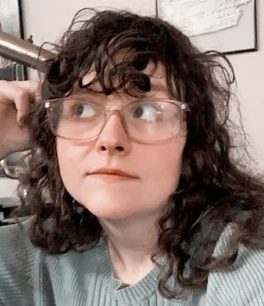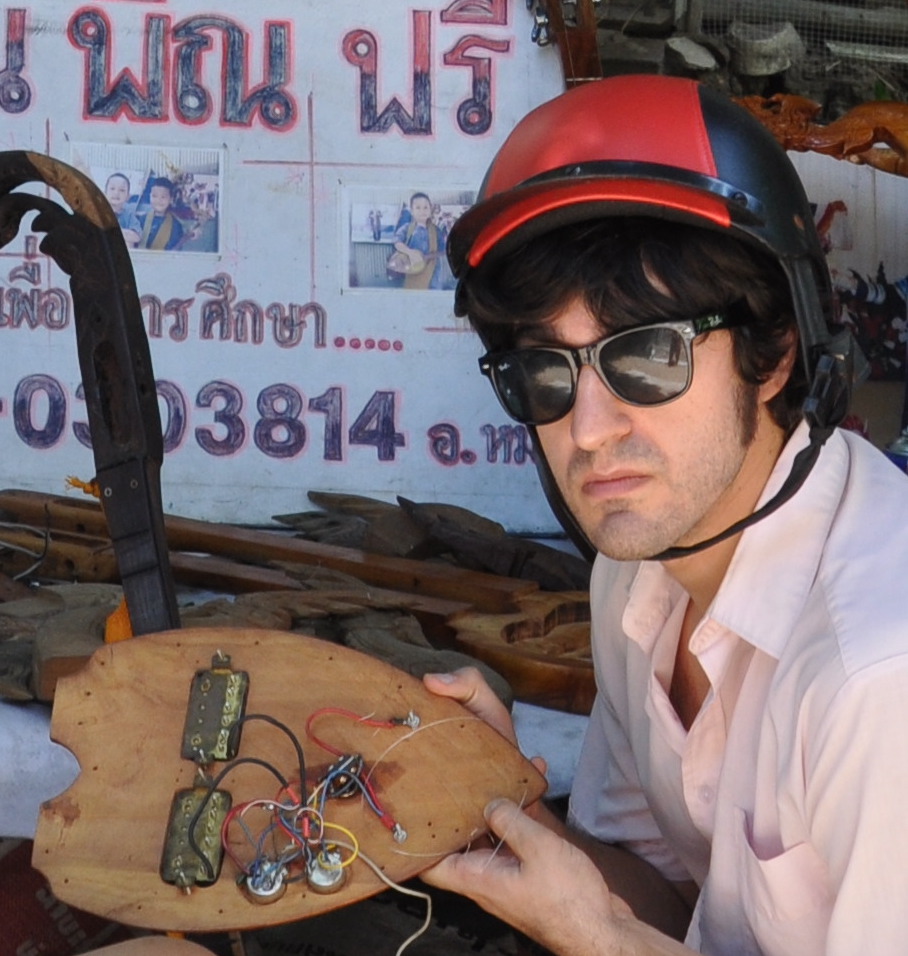Pandemic Piece
A note about Pandemic Piece (2020):
Ethnography is a research method that involves deep human contact—studied, immersed involvement with communities over months, years, or even decades. Relationships with real people always involve give-and-take, so ethnographic research as a rule cannot be mapped in advance. Ethnographers know that they will experience surprises. Still, some circumstances defy design more powerfully than others. Students and teachers like us, who were involved in hands-on ethnographic training in spring 2020, the semester when the COVID-19 pandemic arrived in the United States, felt this. The assumption behind any class that teaches ethnography—namely, that there is a reasonably stable, accessible world through which researchers can move—was upended.
The course that brought us together to make “Pandemic Piece” was an undergraduate seminar in the ethnographic study of music and sound. In mid-March, many of the lives in our classroom at SUNY-Stony Brook were dramatically upended. Students lost jobs (or suddenly had much harder jobs, such as one woman who was an EMT). Others lost family members to COVID-19. During lockdown we met by Zoom; these class sessions mostly served as mental health check-ins. No one was required to attend. For those ten of us who remained, it became clear that the texture of the pandemic was different for everyone. Some were bored, if stunned, perhaps at the beginning of a time of languishing. Some were inundated. Some were grieving and using the meetings for processing. Some seemed fine. As a group, we recognized early on that the pandemic was opening faultlines of class, race, and social status.
When we organized ourselves enough to reflect on the evolving situation, we began making sound recordings of whatever was around us. This was both an echo of the class’s original focus and something we hoped could be therapeutic, a way to sort through our disparate displacements and maybe, by making something expressive, find meaning. We recorded our dull, locked-down conversations, our collective sudden awareness of the birds, the nightly clapping for healthcare workers that resounded throughout New York City at seven o’clock every evening, funeral arrangements for relatives, ambulance rides, and all kinds of mourning.
The piece juxtaposes all of these recordings, making none of them exactly primary. Sam’s monologues and sung tributes to her late father are a motif running through other, utterly different spaces. The piece is about the irreducibly different ways we lived the pandemic. These ways never boiled down to any one experience, or any one sonic world. Appropriate to ethnography, we ended up with a representation that is ambiguous and that speaks of many realities.




